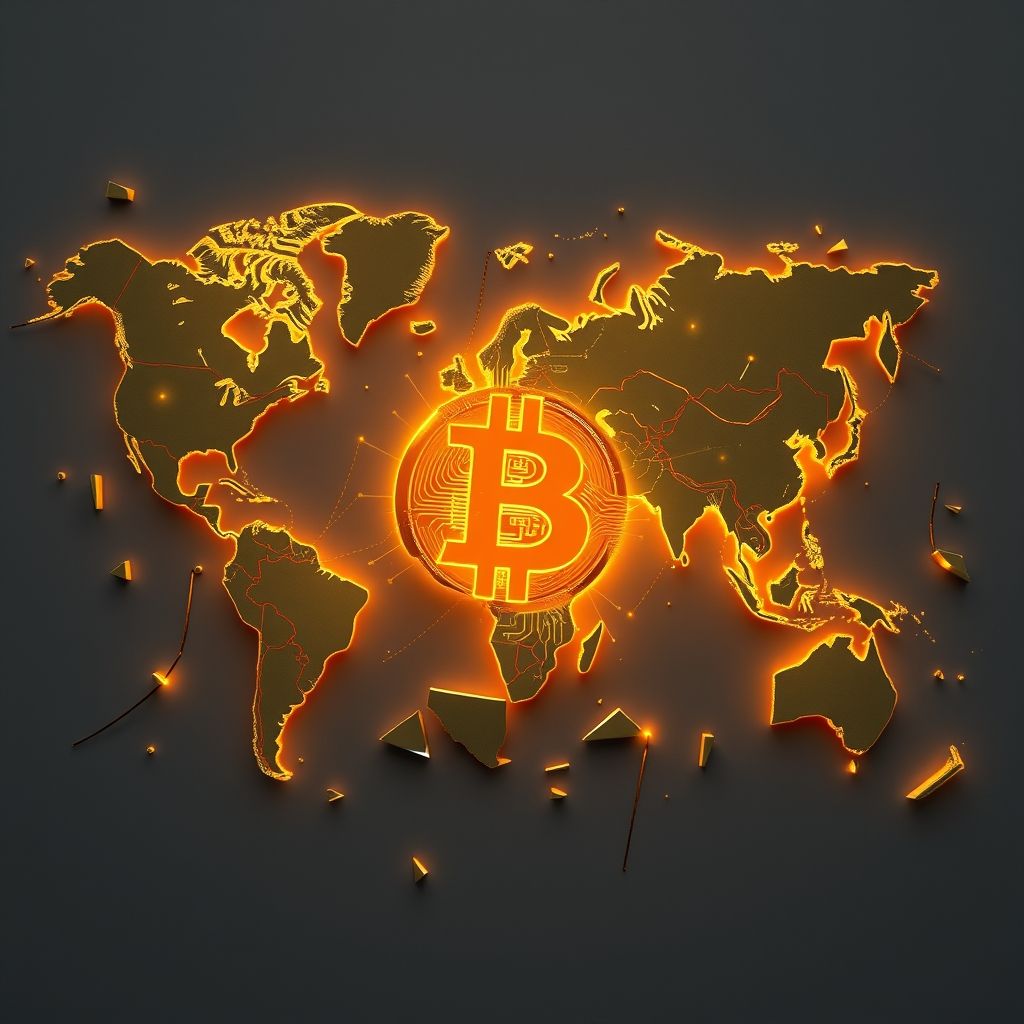Hey everyone, I wanted to share a quick rundown of what’s been happening in the crypto world lately. It feels like there’s always something new grabbing headlines, from regulatory shifts to innovative DeFi projects. Let’s dive in!
First off, it’s hard to ignore the ongoing dance between Bitcoin and the market sentiment. We’ve seen a bit of a rollercoaster lately, with prices reacting to macroeconomic data and, of course, the ever-present whispers of potential regulatory changes. Remember when Bitcoin hit nearly $70,000 in late 2021? While we’re not there yet, the underlying resilience of the network continues to be a talking point. CoinMarketCap is a great resource for keeping an eye on real-time price movements and market caps if you’re looking for live data.
Speaking of regulation, that’s a space that’s heating up globally. Different countries are taking very different approaches, from outright bans to embracing crypto as a legitimate asset class. The EU’s MiCA legislation, for instance, is a massive undertaking aiming to create a unified regulatory framework for crypto assets across member states. This could have significant implications for crypto businesses operating in Europe. You can check out the official documentation on the European Parliament’s website for the specifics.
Then there’s the ever-expanding universe of DeFi. We’re seeing new protocols and platforms emerge all the time, each with its own unique approach to decentralized finance. While some projects are genuinely innovative, it’s always crucial to do your due diligence. The world of DeFi can be tricky, and there are inherent risks to consider, including smart contract vulnerabilities. Researching projects on platforms like DefiLlama can provide a good overview of TVL (Total Value Locked) and other important metrics.
NFTs are another area that continues to evolve. While the initial hype may have cooled off a bit, we’re seeing more practical applications emerge, from digital identity to supply chain management. The key is to look beyond the speculative frenzy and focus on projects that are providing real utility. OpenSea remains a prominent platform for NFT trading, and it’s a good place to explore different collections and projects, although remember to approach with caution and conduct thorough research.
Finally, Web3 is still very much in its early stages, but the potential is undeniable. The idea of a decentralized internet, where users have more control over their data and digital assets, is a compelling one. However, there are still significant challenges to overcome, including scalability and usability. We are seeing more and more tech companies looking to invest in this space.
Key Takeaways:
- Bitcoin’s Price Sensitivity: Keep an eye on macroeconomic indicators and regulatory news as key drivers of Bitcoin price fluctuations.
- Global Regulatory Landscape: Regulatory developments, like the EU’s MiCA, are shaping the future of crypto businesses worldwide.
- DeFi Innovation and Risk: While DeFi offers exciting opportunities, remember to conduct thorough research and understand the associated risks.
- NFTs Beyond the Hype: Look for NFT projects that provide real utility beyond speculative trading.
- Web3’s Potential: Web3 is still in its early stages, but the vision of a decentralized internet remains a powerful one.
I’m curious to hear your thoughts! What are you keeping an eye on in the crypto space right now?
FAQ:
1. What is Bitcoin’s current price trend?
Bitcoin’s price is volatile and influenced by various factors, including market sentiment, macroeconomic data, and regulatory news. Stay updated on reputable crypto exchanges and data aggregators.
2. How are governments regulating cryptocurrencies?
Governments are taking diverse approaches, from outright bans to creating comprehensive regulatory frameworks like the EU’s MiCA. These regulations aim to address issues like investor protection, money laundering, and financial stability.
3. What are the main risks associated with DeFi?
DeFi risks include smart contract vulnerabilities, impermanent loss, rug pulls, and regulatory uncertainty. Conduct thorough research and understand the risks before participating in DeFi protocols.
4. How can NFTs be used beyond digital art?
NFTs can be used for digital identity, supply chain management, ticketing, gaming, and more. They offer a way to represent ownership of unique digital or physical assets.
5. What is the goal of Web3?
Web3 aims to create a decentralized internet where users have more control over their data, digital assets, and online experiences. It leverages blockchain technology and other decentralized technologies.
6. Where can I find reliable information about crypto projects?
Reputable sources include CoinMarketCap, CoinGecko, DefiLlama, project websites, whitepapers, and independent research reports. Always verify information from multiple sources.
7. How does macroeconomic data affect the crypto market?
Macroeconomic factors like inflation, interest rates, and GDP growth can influence investor sentiment and risk appetite, impacting the crypto market.
8. What is the significance of the EU’s MiCA legislation?
MiCA aims to create a unified regulatory framework for crypto assets across EU member states, providing legal clarity and consumer protection.
9. What is Total Value Locked (TVL) in DeFi?
TVL represents the total value of assets deposited in a DeFi protocol. It’s a common metric for gauging the popularity and health of a DeFi platform.
10. How can I protect myself from crypto scams?
Be wary of projects promising unrealistic returns, conduct thorough research, use strong passwords, enable two-factor authentication, and store your crypto in a secure wallet.


